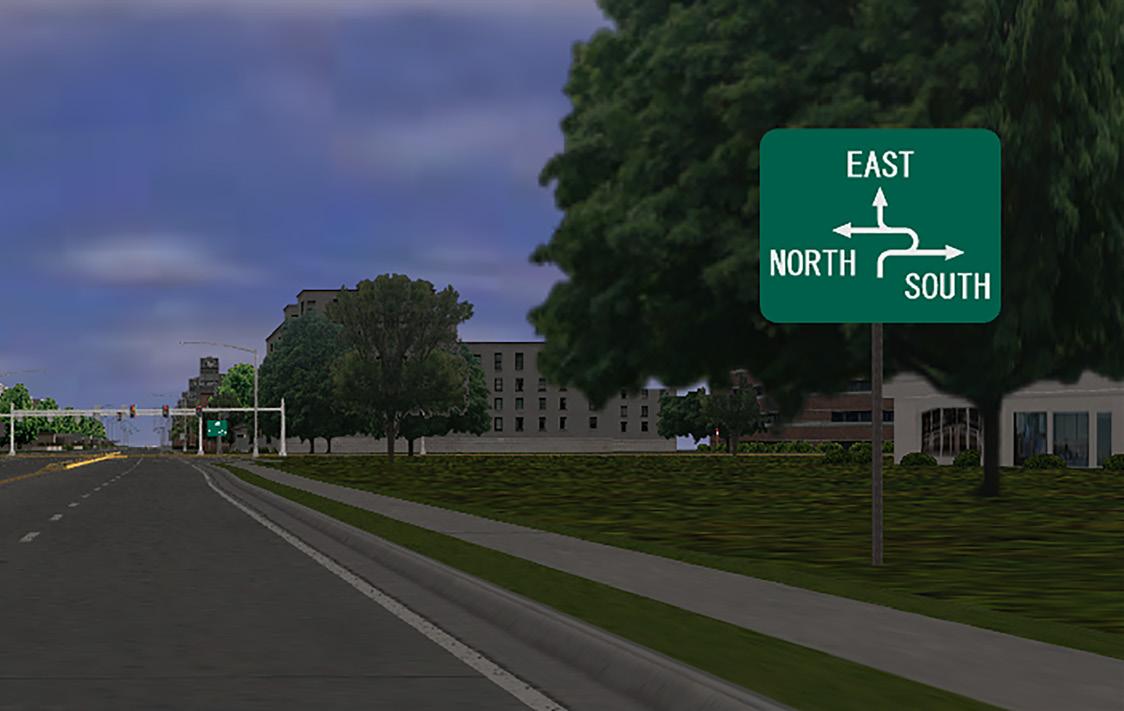
2 minute read
Human to Machine, Machine to Human
NHTSA has funded a series of studies with NADS involving transition of control between automated and manual driving. Here are two of the most recent.
Traffic Jam Auto Drive, a custom automated driving system developed at NADS, simulates driving in traffic jam conditions under automation.
Advertisement
Transition of Control (TOC)
How does the timing and sequence of interface design influence the transition from automated to manual driving? What’s an effective interface and alert design for a safe transition? These are the questions NADS researchers aim to answer in this study’s second year.
Led by Director of Human Factors Research John Gaspar, PhD, this project is one of the first to look at driver behavior during automation in a traffic jam simulation. The system—called Traffic Jam Auto Drive (pictured)—was developed in-house and controls the vehicle during low-speed congested driving conditions. Researchers identified when the driver was able to take manual control and rated the quality of those takeovers.
“We have the perfect toolkit with the NADS-1 simulator to do this study,” says Gaspar. “Its motion base allows us to study the complete transition of control from the automated system back to the human driver, and it also allows us to rate the quality of those takeovers.”
The study has completed its first round of data collection with 120 participants. Follow-on phases will examine additional components of requests to intervene, such as modality and feedback.
Temporal Components of Warning (TCW)
What is the minimum amount of time needed to safely transition back to manual driving after being in automated driving? What happens if the transition time is too short?
For this study, first, the vehicle alerts the driver when it is safe to activate automation. While the vehicle is under automation, the driver is reading and responding to emails on a cell phone. The vehicle then alerts the driver that the automation will be ending soon, and the driver is given a short amount of time to regain situational awareness. The driver then starts driving manually again.
Design engineer Alec La Velle worked on the scenario and route development. He programmed it to give the driver a 3- to 8-second window of time to transition back to control, and if they responded correctly, their window of time got progressively shorter for each transition (down to a 3.35 second minimum).
“We already do the most complex traffic jam and construction zone simulations, but this is the first time we’ve done something adaptive based on the subject’s actions,” La Velle says. “So this was a really interesting project from a development standpoint.”










